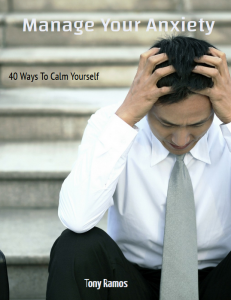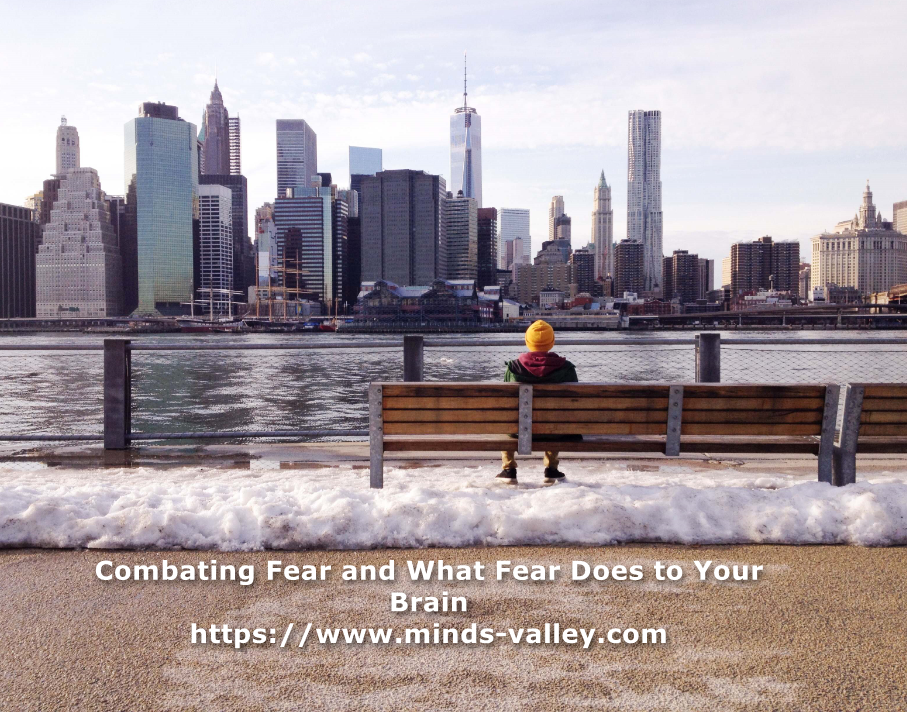
How Social Media Impacts Youth Mental Health

Lindsay Oberleitner, PhD, Education Director at SimplePractice
In the current digital landscape, the impact of social media on youth mental health is becoming an increasingly pressing concern. Dr. Vivek Murthy, the U.S. Surgeon General, recently issued a call to action, urging tech companies and lawmakers to take immediate steps to safeguard the mental well-being of our children and adolescents.
This timely request is certainly necessary, but it only scratches the surface of a complicated issue.
From my perspective as a psychologist, addiction expert, and researcher who has worked with adolescents in a clinical setting, the narrative becomes even more complex. And, as a mother of three, I’m also personally invested in the well-being of our youth in a world where social media is a ubiquitous presence.
In joining my personal interest in these issues and my professional experience, I hope to provide a multifaceted perspective to this topic. Understanding the unique challenges faced by today’s youth is the first step toward bringing about change that can help end the mental health crisis they currently face.
What the Data Says
According to the Pew Research Center, as many as 95% of U.S. teenagers aged 13-17 report using a social media platform. This is virtually every teen in America.
The Pew research also shows that 35% of teens say they use one of the top five platforms (YouTube, TikTok, Instagram, Snapchat, and Facebook) almost constantly. This has troubling implications, as a 2019 research study published in JAMA Psychiatry found that people who spend over three hours a day on social media are more likely to develop mental health problems.
Digital World, Physical Harm
Many of the negative effects of youth social media use involve issues of body image and identity. This is likely because social platforms offer countless opportunities for young people to compare themselves with others. And, as a consequence, they may experience feelings of alienation when they feel they don’t meet popular standards for physical appearance.
Numerous studies have reported a correlation between social media use and body dissatisfaction, dieting behavior, and eating disorders among young people. This isn’t just a response to passive viewing of the seemingly perfect lives and bodies cascading endlessly down social media feeds; more troublingly, this is part of an active conversation as young people create and respond to content promoting disordered eating.
Social media is also where cyberbullying happens. According to the Pew Research Center, 46% of teens aged 13-17 have been bullied or harassed online, often over their physical appearance. These online attacks can have severe psychological impacts, leading to depression, anxiety, and low self-esteem.
The Complexity of Adolescence
Adolescence has always been a challenging phase of life, with or without social media. It’s a period fraught with physiological changes, emotional turbulence, and identity formation. As CDC data shows, mental health conditions like depression and anxiety often first surface during this phase of life. The existence of these conditions isn’t just a product of social media; they’ve been long-standing challenges for adolescents. However, social media may be a factor in the record rates of youth depression and suicide we’ve seen in recent years.
Generational trauma and societal pressures compound the challenges of adolescence. Our youth are navigating an environment where the strains of academic achievement, future uncertainties, and societal expectations loom large. Research indicates that these pressures can contribute to stress, anxiety, and other mental health issues among teens. Many teens even take to social media to discuss trauma, and while this can be therapeutic, it can also have an amplifying effect on the trauma itself.
Loneliness has also recently been highlighted by the Surgeon General as a serious harm to health and well-being in our nation, and loneliness is especially complex in young people. Loneliness can lead to both emotional and physical harm.
Despite the many ways in which social media allows us to connect with others both near and far, the nature of those interactions can lead to more disconnection than connection. As Dr. Murthy states, “There can be an assumption that because you’re virtually connected through social media, email or text that somehow that protects you from loneliness. Sometimes it can, but not always.”
Harnessing the Positive Potential of Social Media
Despite the issues that can arise, we must not forget that social media also has transformative potential. Social platforms can be positive places for fostering connections, encouraging empathy, and promoting social activism. For example, many young people use social media to find communities that support their interests, identities, and causes.
However, the key is to ensure that social media usage is healthy and balanced. To do this, we need a comprehensive approach that combines education, digital literacy, mental health support, and community intervention.
The Crucial Role of Caregivers
Caregiving, especially for the youth grappling with mental health issues, requires a profound understanding of the challenges young people face and the right set of tools to address their needs. Digital tools, such as youth-oriented mental health apps, can offer round-the-clock access to resources and support; this can include self-help guides, meditation and mindfulness activities, or direct access to licensed therapists.
Caregivers need to be equipped with knowledge about recognizing signs of mental distress, understanding the impacts of excessive social media use, and learning effective intervention strategies. This includes understanding the signs of cyberbullying, identifying changes in behavior that may indicate social media addiction, and being aware of the potential for social media to distort perceptions of reality.
Digital literacy education for caregivers is also essential; it’s important for caregivers to understand the online environment that young patients spend so much time in. This can help caregivers provide supportive conversations about social media use, establish healthy boundaries, and introduce alternatives to online interaction.
It Really Does Take a Village
A truly effective approach to supporting youth mental health is the “It takes a village” approach, which underscores the importance of a supportive community in nurturing the well-being of young individuals.
Schools are in a unique position to spearhead this effort by integrating mental health and digital literacy education into their curricula. Beyond education, tech companies have a crucial role to play in creating safer online environments. The Surgeon General has also urged enhanced privacy settings, effective content moderation, and tools that can promote well-being to help make social media a more constructive space for young people.
Similarly, lawmakers have a responsibility to create supportive legislative frameworks. These might include policies for stricter regulation of online content, increased public investment in youth mental health services, and legislation that promotes responsible digital behavior. Community support is another essential part of this endeavor; and this includes online communities. The presence of supportive adults and peers in a young person’s life can significantly mitigate the effects of social media.
A Comprehensive Approach to a Complex Problem
The issue of social media and youth mental health is not a one-dimensional problem. It’s a multifaceted challenge, intertwined with broader societal issues and generational narratives. It calls for a comprehensive approach that recognizes these complexities, fosters community support, and places education at its core.
As we navigate this new digital era, it is our collective responsibility to ensure that our young people are equipped with the resilience and skills to thrive, both online and off.
About Lindsay Oberleitner
Lindsay Oberleitner, Ph.D., is a clinical psychologist who has worked at the intersection of addiction, trauma, and chronic health conditions. Lindsay is SimplePractice’s Education Director. Before joining SimplePractice, she worked as an Assistant Professor at Oakland University William Beaumont School of Medicine, Yale University School of Medicine, and Western Connecticut State University. She also served as Associate Director of the Yale Forensic Drug Diversion Clinic, where she worked to increase access to care and recovery for underserved populations and advance equitable and inclusive treatment through a community engagement approach.






